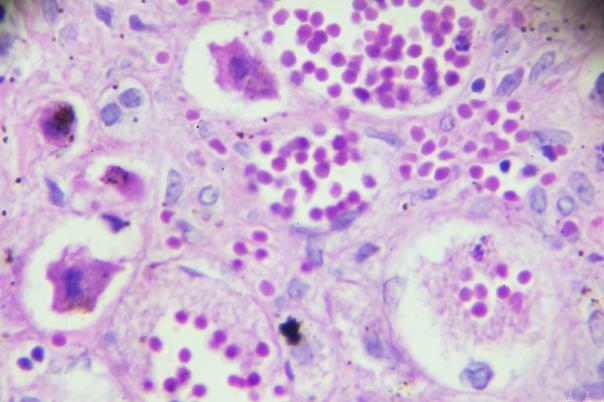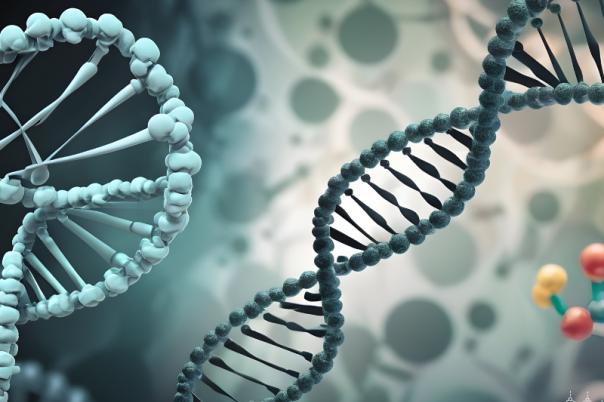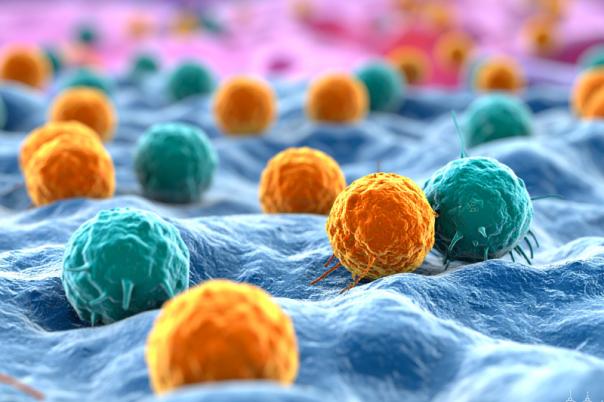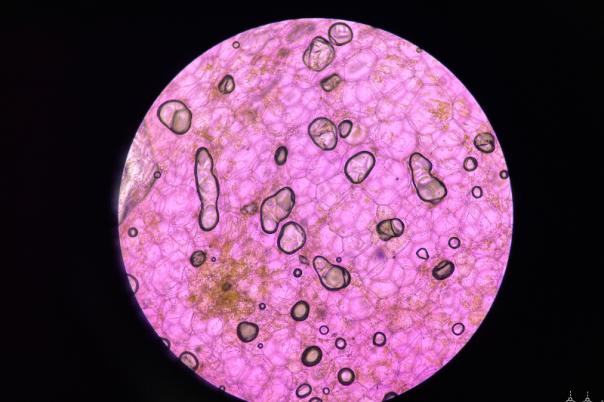Ivan G. Costa, Professor of Computational Genomics at the University of Aachen, presented a comprehensive overview of computational approaches used to dissect multimodal and spatial data. He focused on understanding fibrotic diseases and phase transitions, and began by explaining the concept of phase transitions in chronic haematology diseases, such as MPN, which can lead to fibrosis and eventually leukaemia. Costa emphasised the importance of understanding the molecular and cellular mechanisms driving these transitions.
He highlighted the use of multiomic approaches, including RNA sequencing and spatial transcriptomics, to study disease progression. Costa discussed a significant study involving the sequencing of RNA and spatial transcriptomics of 31 tissue samples, which included controls, non-diseased parts, and ischemic and fibrotic zones. This study revealed different tissue compositions and the challenges in comparing these compositions due to varying cell morphologies.
Costa introduced the concept of trajectory analysis and clustering at the single-cell level, which helps in understanding disease progression and identifying phase transitions. He explained the use of optimal transport to compare distributions of cells and model disease trajectories. This approach allowed for the identification of markers and cell types that change during disease progression.
The presentation also covered digital pathology and segmentation models used to analyse kidney structures, such as glomeruli and tubuli. Costa described how these models enable the measurement of shapes, sizes, and other metrics to understand disease states. He emphasised the potential of these models to serve as prognostic markers for kidney failure.
Costa concluded by discussing the integration of spatial and molecular data, which is crucial for understanding complex diseases. He highlighted the development of algorithms to map single-cell data and differentiate the location of different subtypes in tissue samples. This integration allows for a more comprehensive understanding of disease mechanisms and the potential for predictive biomarkers.
Overall, Costa's presentation provided valuable insights into the use of computational approaches to study fibrotic diseases and phase transitions, emphasising the importance of multiomic data integration and trajectory analysis.




